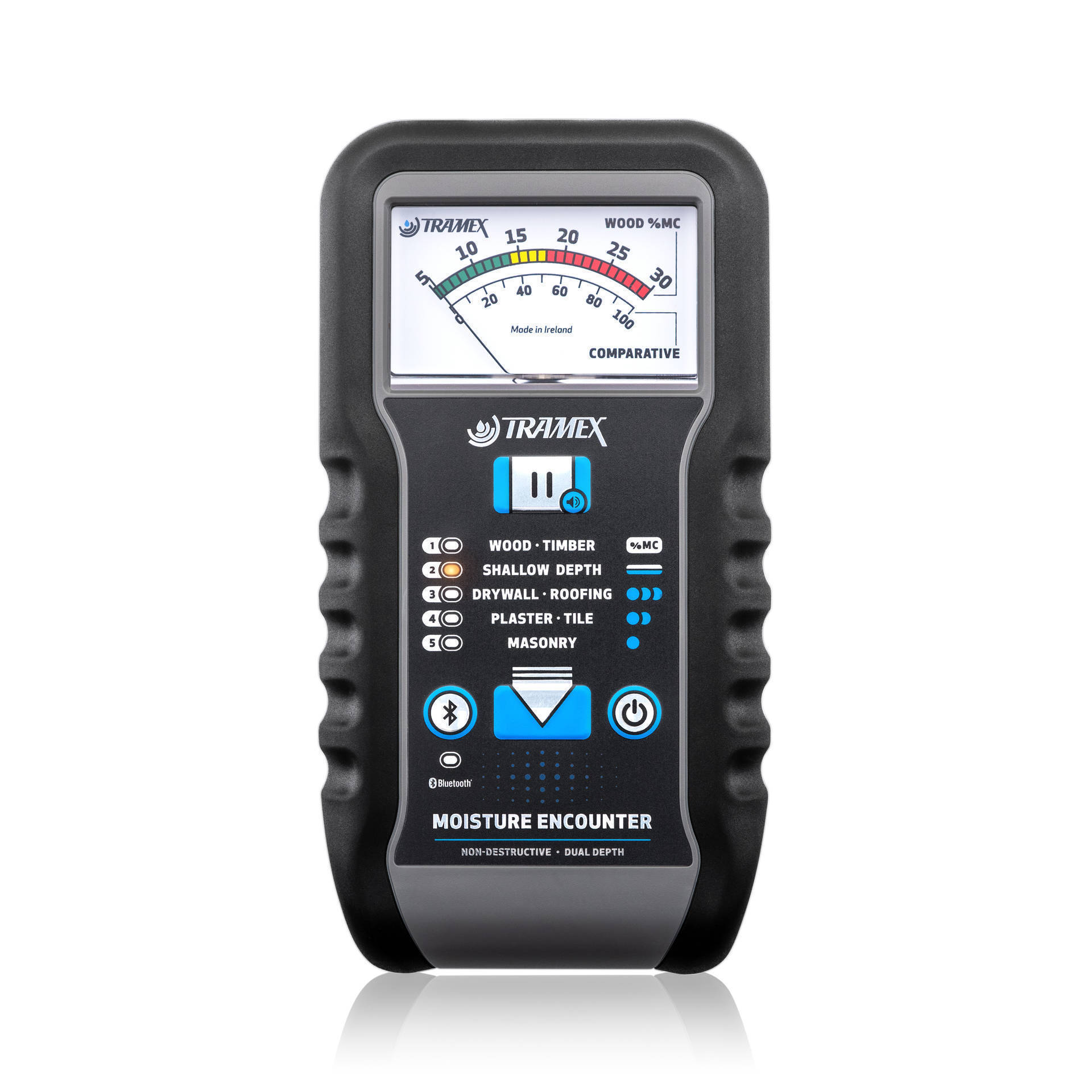Comprehending the Different Kinds Of Moisture Meters and Their Applications
Comprehending the Different Kinds Of Moisture Meters and Their Applications
Blog Article
The Ultimate Guide to Moisture Meters: A Comprehensive Summary and How They Can Conserve You Cash
In the world of structure maintenance, building, and various markets, the significance of properly determining wetness degrees can not be overstated. Wetness meters act as important devices in detecting and keeping track of moisture web content in materials, aiding in protecting against expensive damages and making sure the high quality of items. Recognizing the subtleties of various kinds of moisture meters, their applications, and the prospective cost-saving advantages they use can be a game-changer for experts and businesses alike. Uncovering just how these tools can not just simplify procedures however also add to financial savings is a trip worth beginning on.
Sorts Of Moisture Meters
One typical kind is the pin-type wetness meter, which determines the electric resistance between two pins placed right into a product. Pinless moisture meters, on the other hand, usage electro-magnetic sensing unit plates to check a larger location without causing damage to the material's surface.
In addition, there are additionally specialty moisture meters designed for particular materials like hay, grain, or soil. These meters give precise moisture readings customized to the unique properties of the material being checked. Infrared moisture meters determine the thermal residential or commercial properties of a material to determine its dampness material non-invasively, making them valuable for applications where pin or pinless meters might not appropriate. Comprehending the different types of moisture meters readily available can help industries pick the most ideal tool for their certain wetness measurement needs.

Advantages of Utilizing Moisture Meters

Additionally, using dampness meters can lead to increased energy performance. By identifying areas with high dampness levels, such as leaks or bad insulation, modifications can be made to improve energy conservation and reduce energy expenses. In agricultural settings, dampness meters play an important duty in maximizing plant returns by making it possible for farmers to monitor dirt dampness levels and make notified watering choices. On the whole, the advantages of making use of dampness meters extend throughout different industries, offering affordable services and promoting much better quality assurance techniques.
Just How to Pick the Right Moisture Meter
Choosing the suitable dampness meter entails taking into consideration key factors such as material compatibility, dimension array, and calibration precision. When choosing a wetness meter, it's necessary to ensure that the meter is suitable for the details product you will be testing. Different products have varying electric homes that can influence dampness readings, so choosing a meter created for your material is important for accurate outcomes. In addition, take into consideration the dimension series of the dampness meter. Make certain that the meter can detect wetness levels within the range needed for your applications. Calibration accuracy is one more critical variable to maintain in mind (Moisture Meter). Opt for a moisture meter with reliable calibration to make certain specific and constant analyses. Some meters might call for periodic calibration changes, so comprehending the calibration process is essential. By carefully reviewing these aspects, you can pick a dampness meter that fulfills your demands and supplies precise wetness dimensions for your tasks.
Appropriate Methods for Moisture Meter Use
To make certain precise dampness analyses and take full advantage of the performance of a wetness news meter, utilizing correct strategies is essential. When making use of a pin-type dampness meter, place the pins or probes into the material being checked till they make full contact. By following these appropriate methods, individuals can count on their wetness meter to supply reliable wetness degrees, helping in stopping pricey damage or ensuring top quality in numerous applications.

Price Savings With Moisture Meter Applications
Just how can the critical application of wetness meters cause considerable cost financial savings throughout different sectors? Dampness meters play an important function in expense savings by stopping prospective damages and making certain top quality control in different markets. In the farming industry, dampness meters aid in figuring out the optimum time for harvesting crops, avoiding over-drying or excess wetness that can affect the end product's top quality. This precise tracking helps farmers avoid unneeded losses and optimize their yield.

Furthermore, in the food handling market, moisture meters are crucial for checking product high quality and making sure compliance with safety and security regulations. By accurately measuring dampness web content in food products, manufacturers can stop spoilage, keep freshness, and decrease waste, leading to substantial expense financial savings. On the whole, the calculated application of wetness meters is a beneficial financial investment that can lead to considerable price decreases and improved performance across various industries.
Verdict
In final thought, moisture meters are valuable devices for detecting and measuring dampness degrees in various materials. By using the ideal dampness meter and complying with appropriate methods, users can effectively prevent costly problems triggered by excess moisture. Purchasing a high quality moisture meter can bring about considerable cost financial savings over time by recognizing possible problems beforehand and making it possible for prompt removal. Inevitably, moisture meters are necessary tools for maintaining this hyperlink the honesty and durability of frameworks and products.
Dampness meters offer as indispensable devices in detecting and checking moisture material in materials, assisting in avoiding pricey problems and making sure the high quality of items. Infrared wetness meters gauge the thermal buildings of a material to determine its wetness web content non-invasively, making them useful for applications where pin or pinless meters may not be ideal.Moisture meters offer invaluable advantages in precisely evaluating and checking dampness degrees in diverse materials and environments. In agricultural settings, dampness meters play a vital function in optimizing plant returns by making it possible for farmers to monitor soil moisture degrees and make informed irrigation choices.In verdict, dampness meters are important devices for detecting and determining moisture levels in various materials.
Report this page